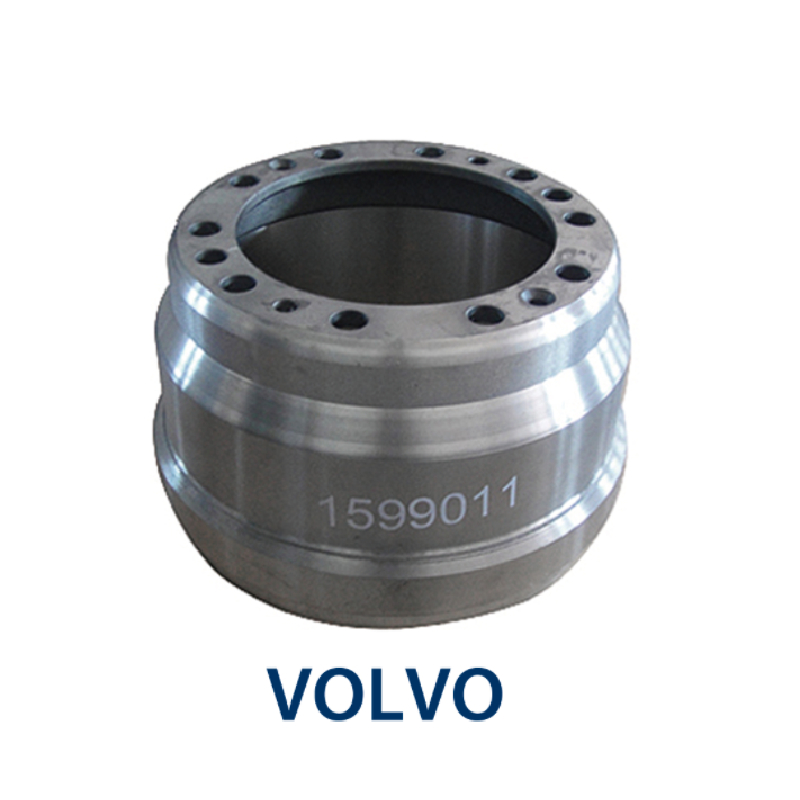Dec . 13, 2024 22:59 Back to list
when to replace brake drums and shoes
When to Replace Brake Drums and Shoes
When it comes to vehicle maintenance, the braking system is one of the most crucial components to keep an eye on. Among the various parts that make up this system, brake drums and shoes play significant roles, particularly in drum brake systems. Understanding when to replace these components is essential for ensuring the safety and effectiveness of your vehicle’s braking performance.
Understanding Brake Drums and Shoes
Brake drums are cylindrical in shape and are fixed to the wheel hub. They work in conjunction with brake shoes, which are curved friction materials that press against the inner surface of the drum. When the brake pedal is applied, hydraulic pressure forces the shoes outward against the drum, causing friction that slows down or stops the vehicle.
Due to their functional design, both brake drums and shoes are subject to wear and tear. Over time, they can deteriorate due to constant friction and heat, which affects their ability to perform efficiently.
Signs that Indicate Replacement
1. Squeaking or Squealing Noises If you notice a high-pitched squeaking or squealing when braking, it could be a sign that your brake shoes are wearing down. Most brake shoes are designed with a built-in wear indicator that produces noise as a warning.
2. Grinding Noises A more concerning sign is a grinding noise which indicates that the brake shoes may be worn out entirely, leading to metal-on-metal contact with the drum. This can cause significant damage to both the shoes and the drums, resulting in costly repairs.
3. Vibrations During Braking If you experience vibrations or pulsations in the brake pedal, it may indicate that the brake drums are warped or that the shoes are unevenly worn. This can affect braking performance and needs to be addressed immediately.
when to replace brake drums and shoes

4. Increased Stopping Distance If your vehicle takes longer to stop or if you feel that the brakes are less responsive, it's time to have the brake system inspected. Worn brake drums or shoes can significantly affect stopping distance, posing a safety risk.
5. Visual Inspection If you have experience with vehicle maintenance, you can conduct a visual inspection of the brake drums and shoes during routine checks. Look for signs of excessive wear, cracks, or glazing (a shiny surface).
Recommended Replacement Interval
While the exact interval for replacing brake drums and shoes can vary based on driving habits, vehicle type, and environmental conditions, a general recommendation is every 30,000 to 70,000 miles. However, it’s essential to consult your vehicle owner’s manual for the manufacturer's guidelines.
Professional Inspection
Even if no clear signs are present, it’s advisable to have your brakes, including drums and shoes, inspected regularly by a professional mechanic. Regular maintenance checks can help catch potential issues before they escalate, ensuring your brake system remains in optimal condition. Bring your vehicle in if you notice any of the warning signs mentioned above, or if it has been a while since your last inspection.
Conclusion
Ensuring that your brake drums and shoes are in good condition is vital for maintaining vehicle safety and performance. By being aware of the signs of wear and adhering to replacement intervals, you can enjoy peace of mind while driving. Don't overlook small noises or changes in brake performance; they often indicate something more significant that needs immediate attention. Regular check-ups and professional inspections will help extend the life of your brake components and keep you and your passengers safe on the road. Remember, your brakes are your vehicle's most critical safety feature; taking care of them is not just a matter of vehicle maintenance, but of personal safety as well.
-
HINO Industrial Solutions - ¡Ң���ຽ��е��������˾ | Advanced Efficiency&Customization
NewsJul.13,2025
-
HINO Industrial Efficiency Solutions - ¡Ң���ຽ��е��������˾
NewsJul.13,2025
-
HINO Industrial Solutions - ¡Ң���ຽ��е��������˾ | Advanced Technology&Reliability
NewsJul.13,2025
-
HINO Industrial Efficiency-Jiangsu Hino Industrial|Productivity Optimization&Cost Reduction
NewsJul.12,2025
-
HINO-¡Ң���ຽ��е��������˾|Advanced Industrial Solutions&Energy Efficiency
NewsJul.12,2025
-
Premium Brake Drum Iveco – Durable Drum Brake Drum & Brake Shoe Solutions
NewsJul.08,2025
